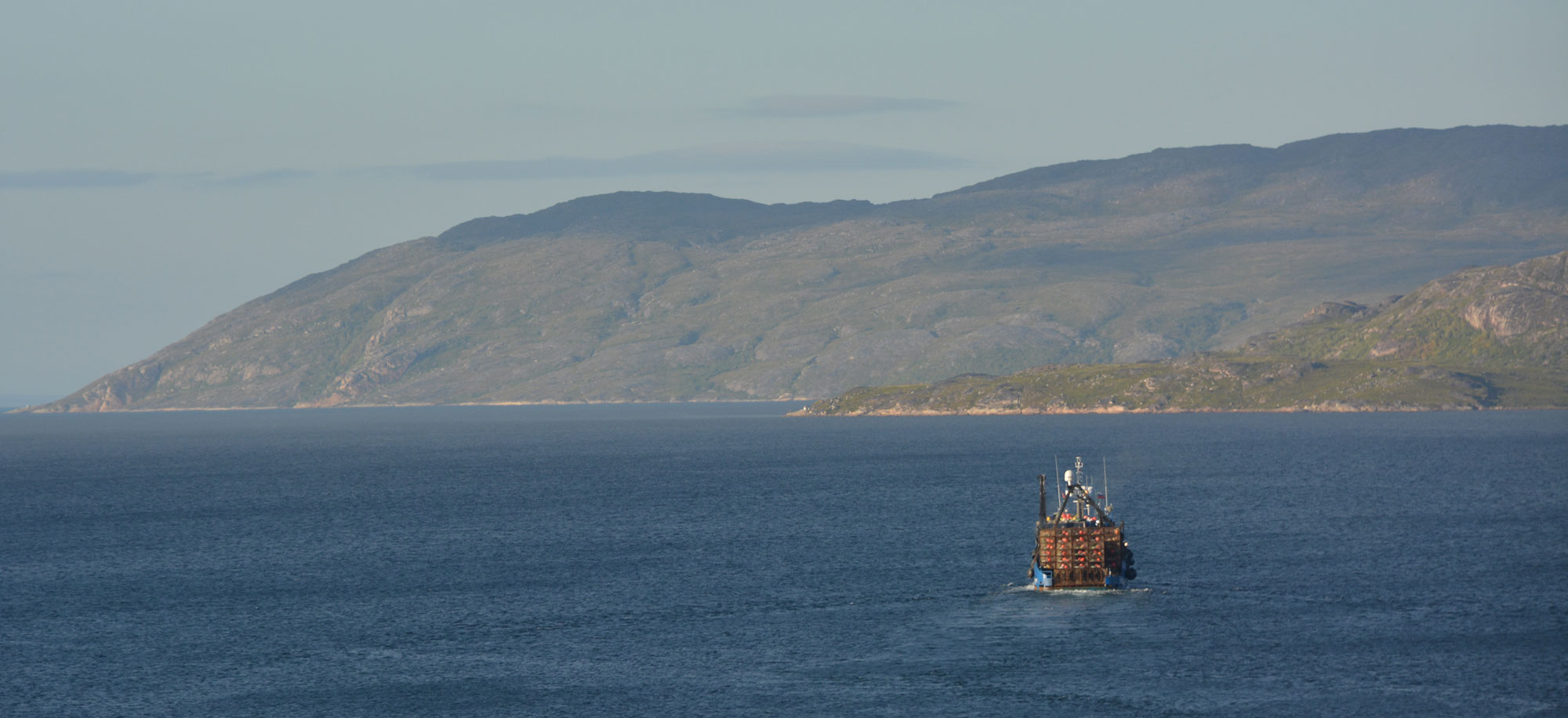Invasive Arctic crab species in Norway are expanding to new shores
Populations of king and snow crabs, neither of which is native to the Barents Sea, have exploded there in recent years, and begun to spread north and south.

King crabs, which aren’t native to the region, have conquered the Barents Sea and will continue to expand north- and southwards. The crabs might ultimately make it south to the UK and north to Svalbard, according to researchers.
Before 1960, the fishermen that sailed in the Barents Sea knew little about crabs. Then, developments unfolded that ultimately altered marine life on the far northern sea bottom.
Soviet experiment
In fall 1960, Soviet marine biologist Yuri Orlov successfully moved nine female king crabs from Vladivostok to Murmansk. In the following 10 years, another 3,000 crabs were moved the Kola Bay. Then, a thousand more in the 1970s.
The animals found few competitors and comfortable living in their new northern habitat and quickly multiplied.
“It turned out that the invader crab became significantly bigger and more fertile than its ancestor,” Orlov said in an interview in 2016.
Big advance
According to the retired marine researcher, the king crab will continue to spread, and could ultimately reach as far south as the UK, and then even the Gibraltar. But it will take time, probably more than 100 years, he says.
The king crab is expanding not only southwards along the coast of Norway, but also towards the north. In few years, the crab is expected to be found around the Bear Island in the Barents Sea, and by year 2030 along the coast of Svalbard.
Until now, sea currents have made the king crab stay mainly in the central and eastern Barents Sea. But that is changing. According Carsten Hvingel, research leader at the Norwegian Institute of Marine Research, sea currents west of Senja in Norway will speed up the spread of the animal towards the north.

The crab can live on deep waters, but moves towards shallow areas for spawning. “Therefore it is likely that it will reproduce near the Bear Island and Svalbard, but not elsewhere in the Barents Sea,” the researcher says.
The biggest part of the regional king crab population is still believed to live on the Russian side of the Barents Sea. But it could soon become more dominant on the Norwegian side, where there is no catch regulations west of the 26th parallel.
Snow crab coming
It’s not only the king crab that has made the Barents Sea new home ground. In 1996, Russian fishermen discovered the first snow crabs in the area. Since then, that crab, which is slightly smaller than the king crab, has expanded explosively across the region.
Nobody knows for sure how the crab made it to the Barents Sea but genetic studies show links to crabs on the Canadian east coast.
Snow crabs are now found across most of the Barents Sea with the biggest numbers in the Russian part of the region. It is expected to expand northwards into high Arctic. Significant numbers have already been found in the area around Svalbard, where authorities fear a potential conflict over crab fishing rights.
According to Russian marine researchers, the snow crab is also found in big numbers east of archipelago Novaya Zemlya, in the Kara Sea. Crab quotas are likely to be issued in the course of the next 2-3 years, researcher Aleksey Orlov says to Norwegian colleagues at the Marine Research Institute.
Lucrative catch
Norwegian fishery authorities has set snow crab quotas for 2019 to a total of 4,000 tons. Meanwhile, on the Russian side, a heated debate on quotas on the valuable catch has unfolded as the authorities have decided to reorganize the quota system.
By mid-October this year, Russian fishery authorities had sold crab quotas worth 125 billion rubles. About 25 percent of the quotas cover the Barents Sea and other northern waters.
According to newspaper Kommersant, powerful businessman Gleb Frank has secured about one third of the quotas. The 36-year-old businessman is key owner of Russian Fishery, the major company that operates primarily in the Russian Far East.
Before 2014, the company carried the name Russkoye More (or “Russian Sea”) and also had aquaculture facilities in the Kola Peninsula. The aquaculture unit collapsed with a mass death of farmed salmon in 2014. The company later changed name to Russian Aquaculture and Gleb Frank subsequently sold his stake in the company.